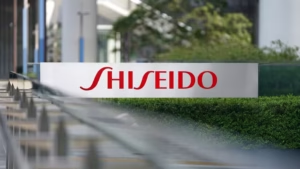Understanding Mahila Samman Savings Certificate (MSSC)

The Mahila Samman Savings Certificate (MSSC) scheme, launched as part of Budget 2023, aims to empower women and girls by promoting financial inclusion through savings and investments. This one-time opportunity is available for two years, from April 2023 to March 2025.
Any Indian woman, regardless of age, can open an MSSC account, and legal or natural guardians, including male guardians, can open an account for a minor girl child. This initiative provides an excellent way to kickstart the financial journey for young girls.
Only one account can be opened per woman, and the cumulative deposit across all accounts is capped at ₹2 lakhs. When the account holder turns 18, the account transitions to the ownership of the minor girl.
To initiate an MSSC, individuals can choose between banks or post offices. Notable banks offering the scheme include State Bank of India, Bank of Baroda, Canara Bank, and Central Bank of India.
For those opting for a bank:
- Visit a participating bank branch.
- Complete the application form with personal details and investment amount.
- Submit the form with KYC documents (Aadhaar and PAN card) and proof of address.
- Make the deposit through cash, cheque, or online transfer.
- Receive the MSSC as proof of investment.
For those opting for a post office:
- Visit a nearby post office.
- Complete the application form with personal details and investment amount.
- Submit the form with KYC documents and proof of address.
- Make the deposit in cash at the post office counter.
- Receive the MSSC as proof of investment.
Authorized banks for MSSC include Bank of Baroda, Canara Bank, Bank of India, Punjab National Bank, Union Bank of India, and Central Bank of India.
Documentation required includes KYC documents, a KYC form for new account holders, and a pay-in-slip with the deposit amount or a cheque. The MSSC initiative serves as a valuable instrument in promoting financial inclusion and empowering women through savings and investment.
Repurposed article originally published in the Mint









